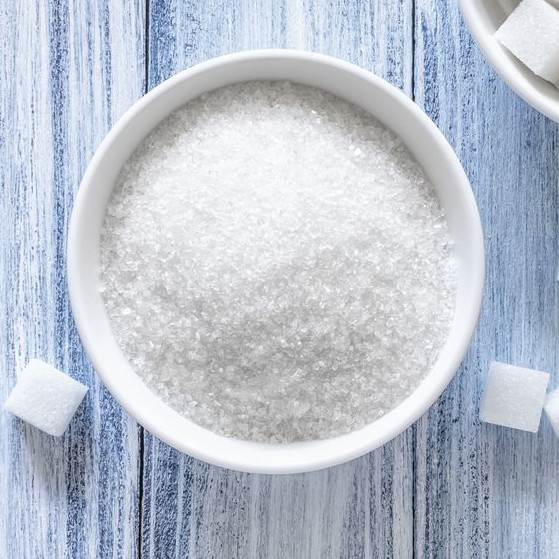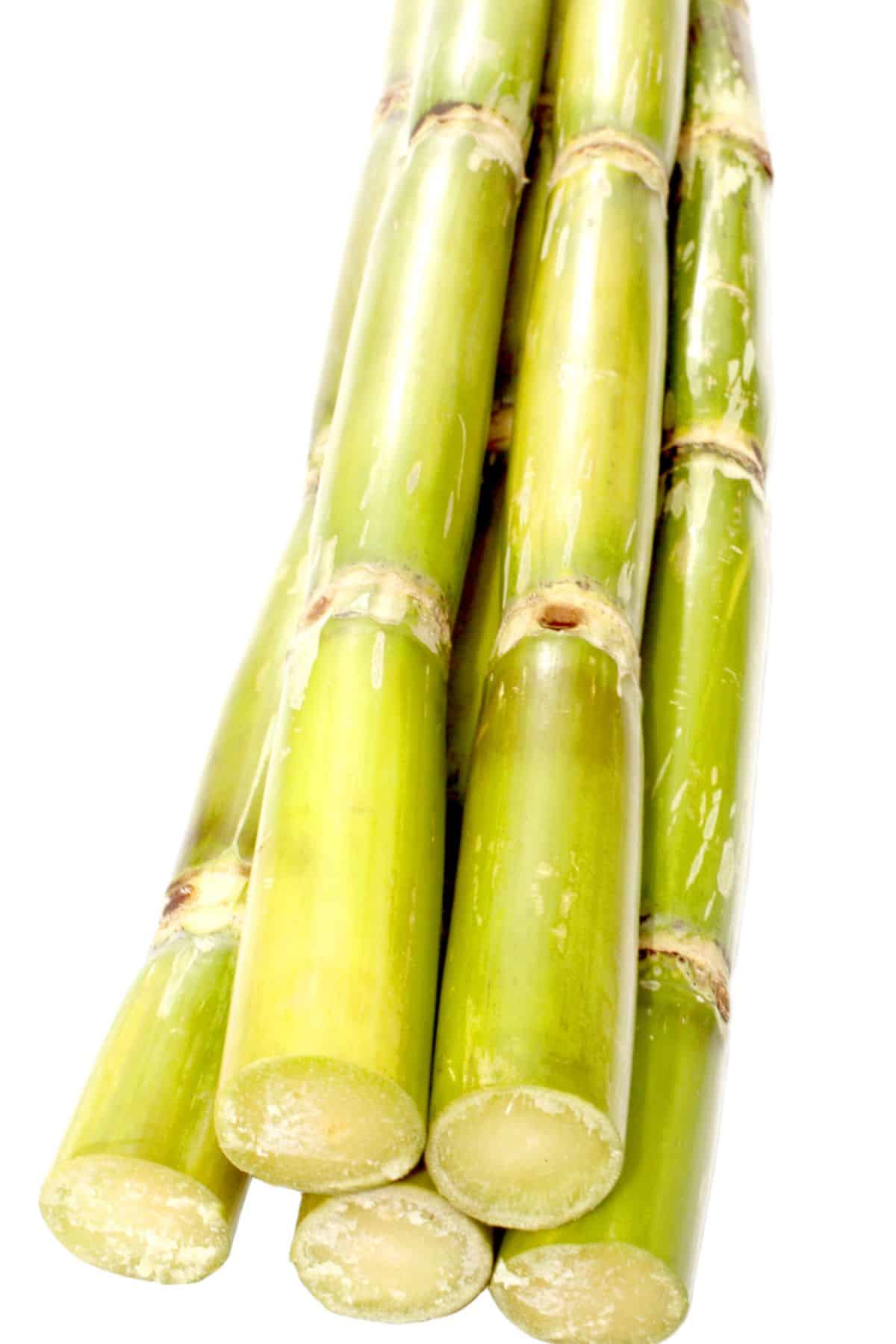Exploring the Comprehensive Steps Associated With Walking Cane Sugar Handling From Gathering to Improvement
The process of cane sugar manufacturing includes a series of detailed actions, beginning with the cautious harvesting of sugarcane and culminating in the refinement phases that make sure the final item satisfies industry criteria. Each phase, from the extraction of juice to the filtration and condensation processes, plays a crucial function in figuring out the quality and personality of the sugar. Recognizing these stages not just highlights the complexity of sugar manufacturing however additionally raises crucial inquiries regarding performance, sustainability, and technology in the industry. What ramifications do these factors have for future methods?
Gathering Sugarcane
Harvesting sugarcane is a vital action in the walking cane sugar handling chain, as it directly affects the top quality and return of the last item. Appropriate timing and strategies are essential during this stage to ensure optimal sugar content and reduce losses. Commonly, sugarcane is collected when it gets to maturation, normally 12 to 18 months after growing, identified by a high sucrose focus.

Post-harvest, the sugarcane should be refined swiftly to avoid sucrose destruction. Preferably, collected cane should be delivered to processing facilities within 24 hours to maintain sugar high quality. Consequently, reliable logistical planning is important to preserve the integrity of the harvested plant throughout the supply chain.
Removal Process

The smashed walking cane undergoes a collection of pressing operations to optimize juice healing. Typically, hot water is splashed onto the smashed cane, producing a countercurrent flow that assists dissolve the sugar while also aiding in the extraction procedure. The juice collected from this procedure has not only sugar however additionally numerous organic compounds and pollutants.

To enhance extraction efficiency, some centers might utilize diffusion techniques, where the sugarcane is taken in warm water, allowing the soluble sugars to diffuse into the liquid. The resulting juice, rich in sucrose, is after that routed to subsequent handling phases, laying the foundation for filtration and refinement. The removal process is therefore critical in determining the top quality and return of the final sugar item.
Filtration Methods
The filtration techniques employed in walking cane sugar handling are vital for transforming the raw juice right into a premium sugar item. These approaches primarily intend to get rid of impurities, such as soil, plant products, and not natural materials, which can adversely affect the final item's flavor and shade.
Among the most usual filtration techniques is explanation. This procedure includes including lime and warm to the raw juice, which helps with the coagulation of impurities. The resulting precipitate is after that removed via sedimentation or filtering, yielding a clearer juice. Furthermore, making use of phosphoric acid can improve the clarification procedure by further binding impurities.
Another substantial method is carbonatation, where carbon dioxide is presented to the clarified juice. This response produces calcium carbonate, which catches remaining pollutants and advertises their removal.
Additionally, activated carbon treatment might be put on adsorb any type of continuing to be colorants and natural pollutants, ensuring an extra polished product. The combination of these methods effectively prepares the sugar juice for subsequent action in the refining procedure, establishing the phase for the production of high-quality walking stick sugar.
Condensation Approaches
After the purification stage, the next vital step in walking cane sugar processing includes formation techniques, which play a crucial function in changing the cleared up juice into solid sugar. This procedure typically uses 2 primary approaches: spontaneous crystallization and controlled formation.
In spontaneous condensation, supersaturated sugar options are visite site allowed to cool down normally, leading to the development of sugar crystals over time. This technique allows for the uniform growth of sugar crystals and higher pureness.
Throughout formation, the made clear juice is concentrated through evaporation, boosting its sugar content up until it reaches supersaturation. As soon as this factor is accomplished, either approach can assist in the formation process. Cane Sugar Processing. The resultant sugar crystals are then separated from the remaining syrup through centrifugation
Inevitably, the selection of formation approach influences the high quality, dimension, and pureness of the final sugar product, making this step important in the total walking stick sugar handling procedure.
Refinement and Product Packaging
How can the pureness and quality of walking stick sugar be even more improved after condensation? The improvement procedure plays an essential duty in achieving top notch walking cane sugar. Following crystallization, sugar undergoes an extensive washing to get this article rid of contaminations and residual molasses. This is commonly completed making use of cozy water or heavy steam, which helps dissolve and remove undesirable components while preserving the sugar crystals.
Next, the sugar is subjected to a process called centrifugation, where it is rotated at high speeds to separate the detoxified sugar crystals from the staying liquid. After centrifugation, the sugar is usually further fine-tuned via a method called carbonization or phosphatation, which uses activated carbon or phosphoric acid to eliminate color and off-flavors.
When fine-tuned, the sugar is dried to achieve the desired moisture material, making sure that it continues to be secure throughout storage and transportation. The final action involves packaging the refined sugar in moisture-proof and closed containers to preserve its top quality and protect against contamination. Cane Sugar Processing. Proper packaging not just prolongs life span yet also promotes easy handling and distribution, making sure that customers obtain sugar that satisfies the highest criteria of pureness and top quality
Verdict
The detailed steps involved in cane sugar processing, from the careful harvesting of sugarcane to the complex refinement and packaging stages, emphasize the importance of each stage in guaranteeing top quality sugar production. Optimum harvesting methods, efficient extraction techniques, and rigorous purification procedures jointly add to the last product's purity and stability. The formation and succeeding packaging methods better boost the honesty and shelf life of the sugar, highlighting the complexity and accuracy intrinsic in this vital agricultural right here industry.
The process of cane sugar production incorporates a series of complex actions, starting with the careful harvesting of sugarcane and culminating in the improvement stages that make sure the last product fulfills sector standards. Preferably, gathered walking cane ought to be transported to processing facilities within 24 hours to maintain sugar high quality.In spontaneous condensation, supersaturated sugar options are allowed to cool normally, leading to the formation of sugar crystals over time - Cane Sugar Processing. The refinement process plays an essential duty in attaining high-quality walking stick sugar.The extensive steps included in cane sugar handling, from the thorough harvesting of sugarcane to the detailed refinement and product packaging phases, underscore the significance of each stage in making sure top quality sugar manufacturing